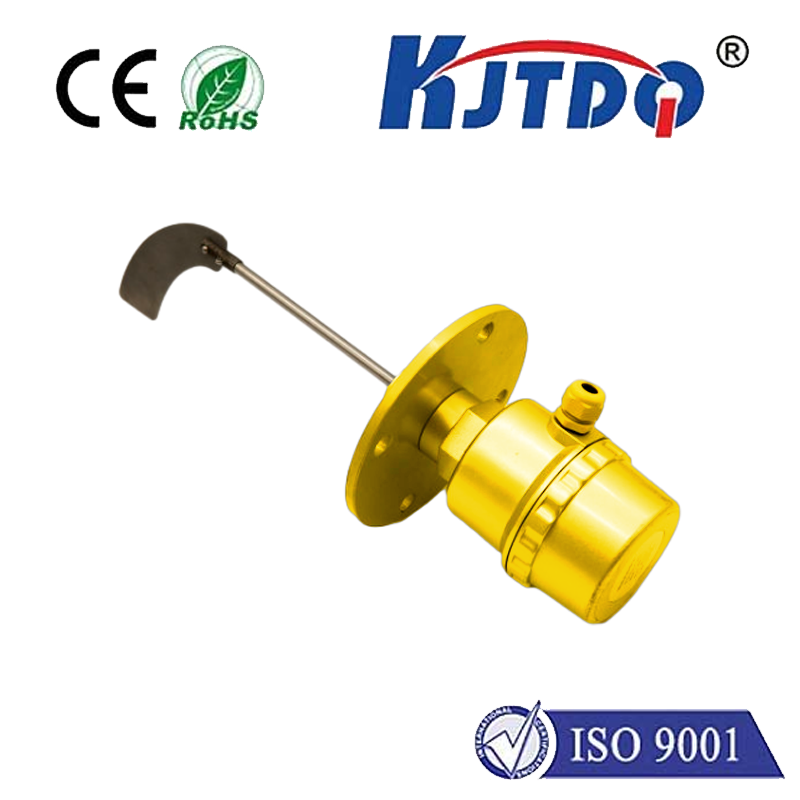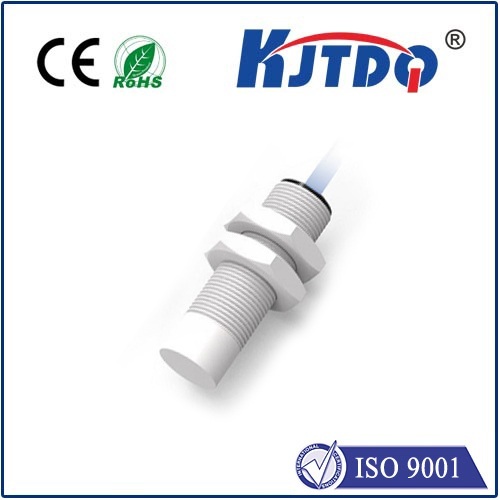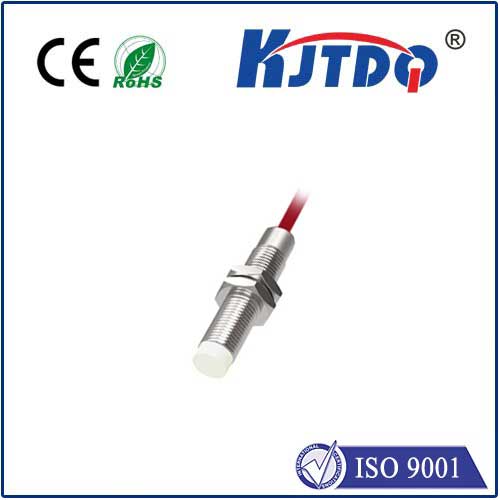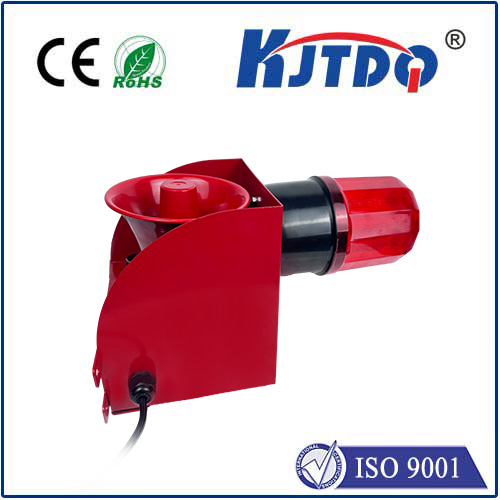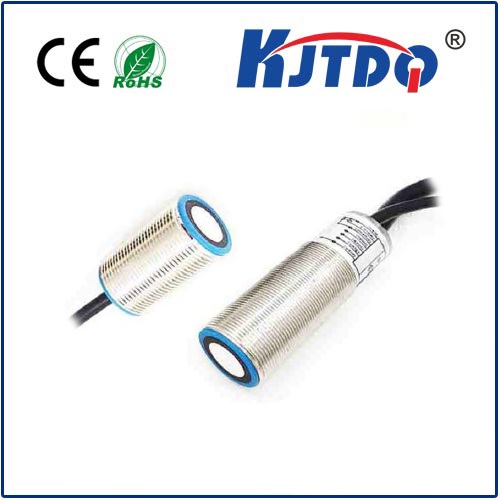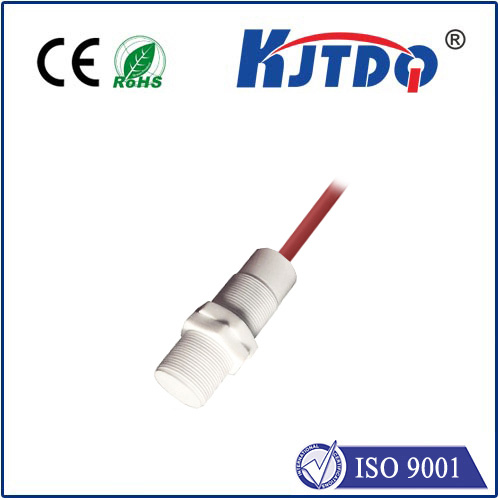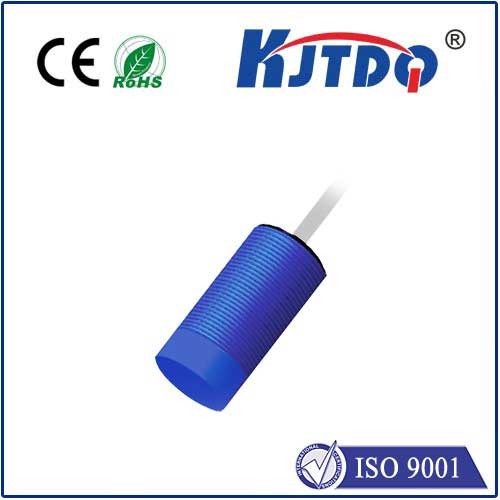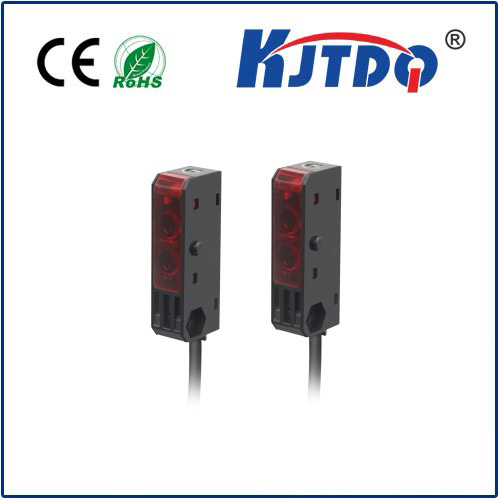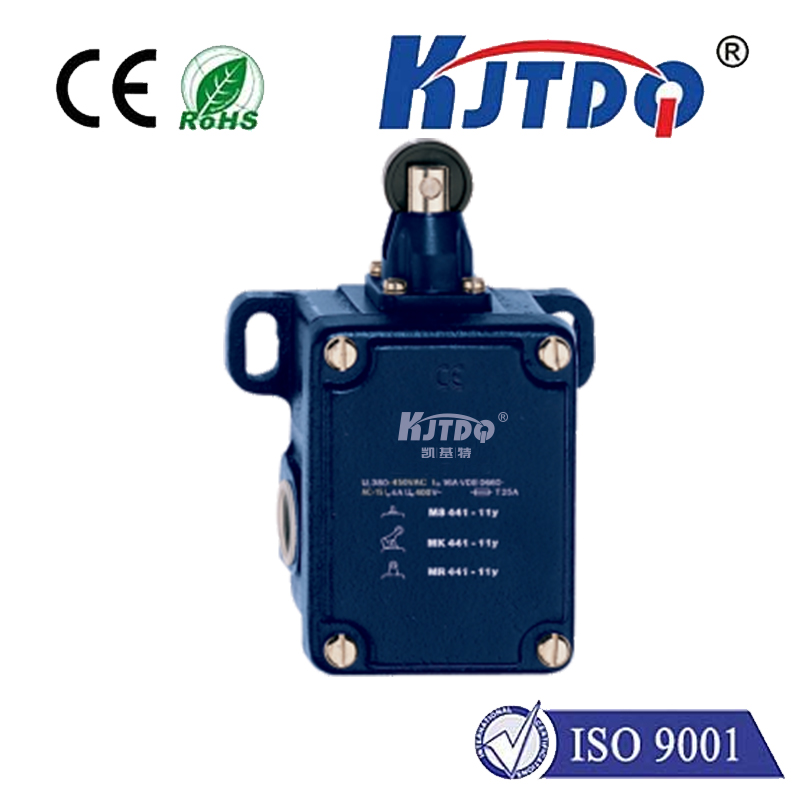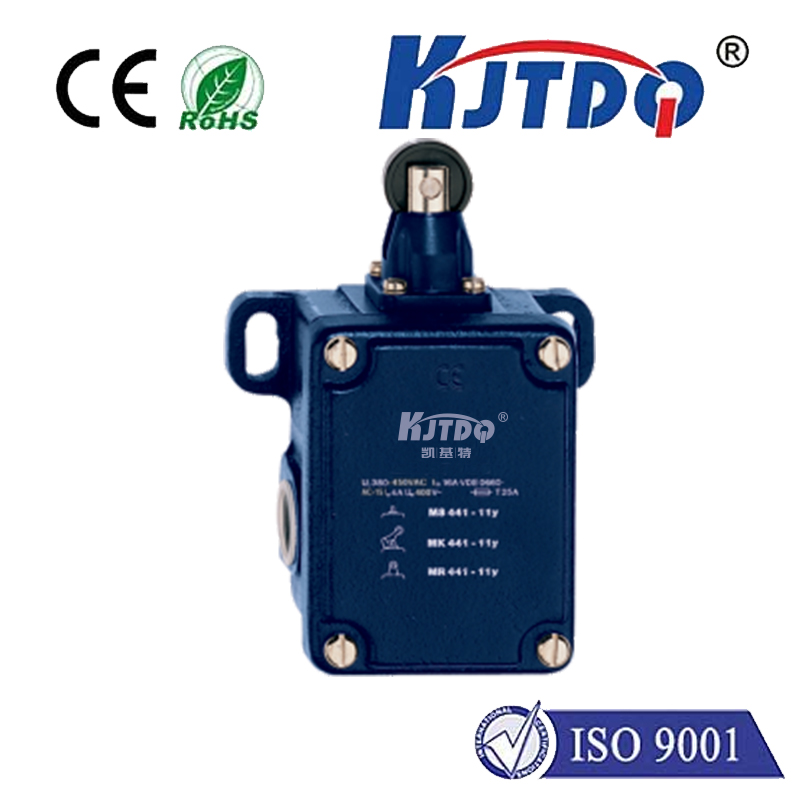
check

check

check

check

Reflective Photoelectric Beam Sensor: The Pinnacle of Modern Sensing Technology” In the realm of modern technology, one innovation stands out for its precision, versatility, and reliability: the reflective photoelectric beam sensor. This ingenious device has revolutionized various industries by providing unparalleled sensing capabilities in diverse applications. In this article, we will delve into the workings of the reflective photoelectric beam sensor, explore its advantages, and discuss its significance in advancing automation and efficiency in multiple sectors. Firstly, let us understand the basic principle behind the reflective photoelectric beam sensor. At its core, it operates on the concept of detecting objects within a specific field using an emitted light beam. Unlike traditional photoelectric sensors that require a separate emitter and receiver, a reflective photoelectric beam sensor consolidates both functions into a single unit. It emits a beam of infrared or visible light, which, upon encountering an object, reflects back to the sensor. The sensor then analyzes the reflected light to determine the presence, distance, or movement of the object. The reflective photoelectric beam sensor offers numerous advantages over conventional sensing technologies. One of its primary benefits is its non-contact nature. It can detect objects without physically touching them, minimizing wear and tear on both the sensor and the target. This characteristic makes it ideal for applications in harsh environments where mechanical contact could lead to rapid deterioration or failure. Additionally, the sensor’s ability to function seamlessly in different lighting conditions and across a wide temperature range further enhances its reliability and versatility. Moreover, the reflective photoelectric beam sensor boasts remarkable detection speed and accuracy. Its advanced electronic circuitry enables it to process signals rapidly, ensuring real-time response to detected objects. This feature is particularly crucial in high-speed manufacturing processes or transportation systems where split-second decisions are necessary. The sensor’s precision also allows for fine-tuned measurements, making it suitable for applications requiring exacting standards, such as quality control inspections or precise positioning tasks. The applications of the reflective photoelectric beam sensor are vast and varied across numerous industries. In the automotive industry, these sensors are employed in advanced driver assistance systems (ADAS) to enhance vehicle safety by detecting obstacles, monitoring blind spots, and enabling features like adaptive cruise control. In the packaging industry, they ensure accurate product placement, count items during manufacturing processes, and verify proper sealing. Healthcare facilities utilize these sensors for patient monitoring systems, while retail stores deploy them in automated checkout lanes for improved efficiency and customer experience. Furthermore, the reflective photoelectric beam sensor finds utility in access control systems, where it verifies user identities through biometric recognition or detects unauthorized entry attempts. In robotics, these sensors aid in navigation and obstacle avoidance, enabling robots to operate autonomously and safely alongside humans. The list goes on, encompassing fields as diverse as agriculture, gaming, and environmental monitoring. In conclusion, the reflective photoelectric beam sensor epitomizes the pinnacle of modern sensing technology. With its non-contact operation, speed, accuracy, and versatility, it has become an indispensable tool across various industries. As technology continues to evolve, we can expect further advancements in this field, paving the way for even more innovative applications and solutions driven by the reflective photoelectric beam sensor’s exceptional performance.
